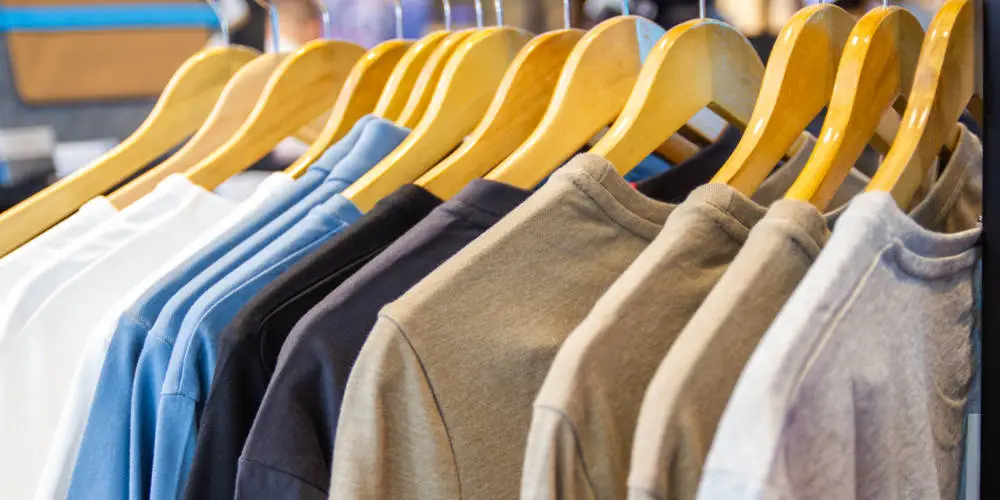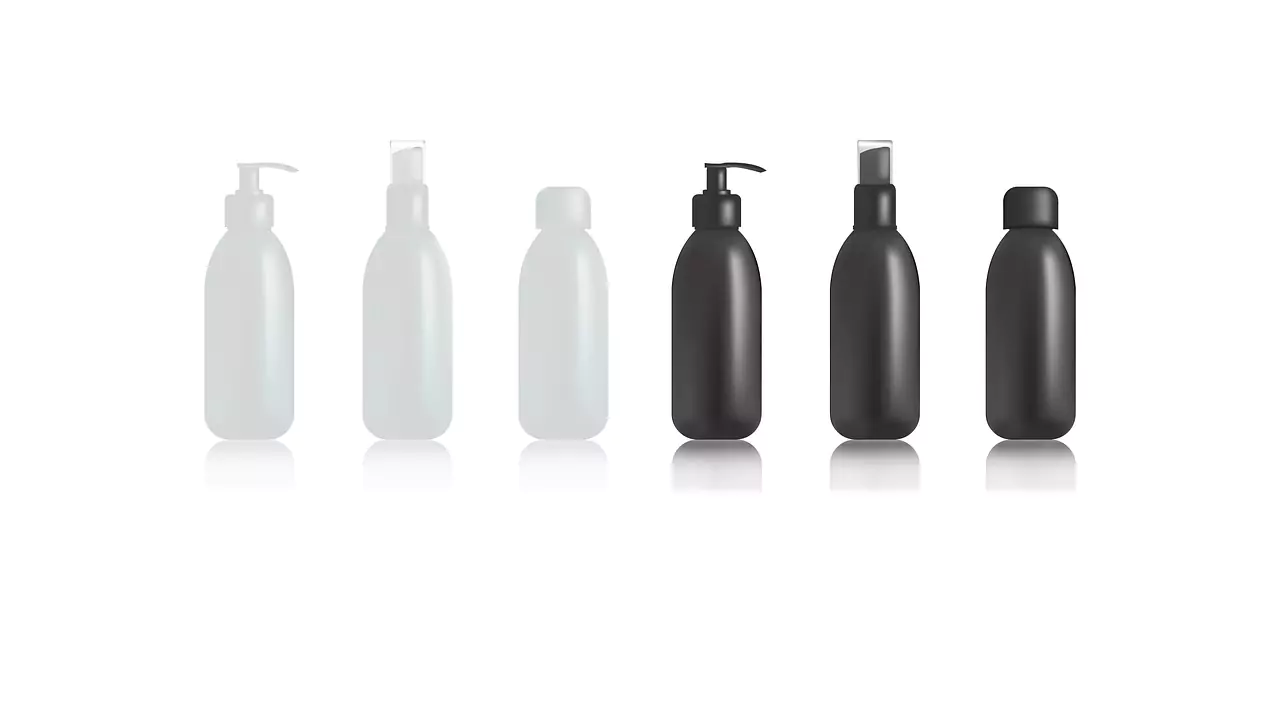- Have the Right Documents
- Finding the Right Supplier
- Reviewing Your Supplier
- Great Quality Control
- Testing Your Product
Our company always gets questions about white label clothing and wholesale clothing manufacturers. OEM manufacturing is actually much more straightforward than one would ever imagine: It’s process oriented.
Whether you need small batch clothing manufacturers or bulk clothing suppliers, this article covers everything you need to know about setting up your own clothing production line. For a concise version of the process, click here.
Having the Right Documents for OEM Clothing Manufacturing
A factory that makes clothes will only do so according to your standards. It’s not that they provide superior standards, but why should they? If they get paid either way, there is no incentive for them to make your product any better than the standard you set.
Most clothing suppliers will know if you’re an amateur the second you start talking to them, so approaching them with the proper documents and knowing some product costing will always help you get the best deal for the best quality.
A. Creating a Tech Pack
This is the first indicator clothing manufacturers will use to see if you’re knowledgeable about your product. Clothing suppliers require a tech pack for most of the basic understanding of the product and as product design consultancy. The tech pack is the brains of the operation; without one, factories can advise you to do almost anything (and generally for higher prices).
There are numerous ways to make the tech pack, but we recommend creating the structure, choosing the fabric, establishing your standard sizing and scaling for different sizes.
B. Getting Your Costing
Often, people look for the most affordable clothing suppliers but don’t know why the price changes. Many white label clothing manufacturers will often use generic patterns that are not custom to your needs.
What’s more, they often choose some of the lowest quality materials to drive down the price (Check out this article on Choosing the Right Fabric). This is when our tech pack comes in handy.
Whether you’re doing a basic cost estimate or a full-on product costing, three main factors influence the price of a garment: fabric, labor and accessories. (Yes, quantity is important, but we’ll get to that!).
You’ll know the fabric and the accessories beforehand (as they are on your tech pack), but the labor and location can be tricky. Intrepid Sourcing generally looks at fabric availability and production costs follows when deciding the product location.
Finding the Best Clothing Manufacturer
Now that you have your tech pack and costing done, you are ready to talk to a list of potential OEM clothing suppliers! …actually not yet. Finding the right clothing supplier is like finding any good partner: Hard as hell and more nuanced than scouring a website. Sifting through clothing manufacturers in countries that are not China is even more complicated.
That said, all is not lost! You can ask yourself a few questions to ease your search:
Does my budget allow me to manufacture in my domestic market?
What country specializes in the fabric I want?
Do I want to make a small quantity or a large production?
Let’s start with the first question and work our way toward the last one.
1. Does my budget allow me to manufacture in my domestic market?
If you are an SME or a new brand, we advise against developing in the USA or Europe. Reason: most of the materials are manufactured abroad and imported. Moreover, the initial investment for a quality design and OEM clothing manufacturer is generally 10-20 times higher than China, Mexico, Vietnam or Bangladesh.
The most common type of low-cost apparel manufacturing is the screen printing, t-shirt one that provides stock items. This type of low-quality private label clothing provider can do more harm for your brand than good. If you don’t have the budget, go abroad. If you do have the budget, you should probably still go abroad.
2. What country specializes in the fabric I want?
A compressed supply chain is always beneficial to providing a more affordable clothing product. This part may be applicable for all products, but it is really applicable when manufacturing clothing. At the fabric level, margins are slim which means importers generally buy in bulk and need larger warehouses to stock inventory. These costs are directly passed along to you in forms of higher minimum orders and prices.
Any clothing production factory closer to the fabric factory can take advantage of local fabric suppliers. In countries with industries that specialize in certain fabric types, there is generally more competition which means clothing suppliers in these countries will provide the best quality for (usually) the best price. The point: Find the country that makes the fabric you want you’ll save $$$!
3. Do I want to make a small quantity or a large production?
First off, any small new brand who wants to make a large batch must understand the inherent risk with this strategy. (Check out this link: Testing your product before you make your collection) Making a large batch is for people with deep pockets or a sound proof of concept.
If you have neither, then GO SMALL. The major caveat is finding clothing manufacturers for small orders is very hard. Nearly all OEM clothing manufacturers require larger minimum orders.
However, having your tech pack and finding the right fabric supplier can help you drop your costs enough to make the larger minimum worthwhile; likewise, you may be able to strike a deal with the right factory for cut and sew work. In this way, you drastically take control of your own production. This leads us to the next point.
Review Your Clothing Manufacturer
Most people often lack the knowledge or experience of handling a due diligence. In reality, its easier than most would expect. Once you know the fabric, have a reasonable source, and have a good perspective on the technical design, finding the right clothing supplier is merely a matter of choosing the right fit (Dos and Don’ts when talking with a potential supplier).
Setting up an OEM contract may be useful but unnecessary in the product development stage but is definitely useful for larger production quantities. Its always good to pick the clothing supplier’s brain to ensure they understand exactly what you’re making.
More importantly, you’ll know if the clothing supplier is worth its salt after the first sample.
For example, a good activewear manufacturer will get the first sample mostly correct while a bad one will make very obvious mistakes to the shape or grading. In general, we feel small quantity clothing manufacturers charge higher prices for cut and sew, but work with you on the design to ensure the integrity of the product.
Wholesale custom clothing manufacturers won’t respect your order. In the end, finding a “team player” trumps a company that can make the sample on the first try because any factory that makes clothes will get the sample perfected after 2 to 3 iterations based on the tech pack.
The real benchmark for any clothing production factory is in the pre-production sample which will be used as a benchmark against your final production.
Maintain High Quality Assurance With Your Clothing Manufacturer
The truth is that you are only a good as the quality you bring to market. Maintaining the highest quality standards depends largely on the clothing production factory with whom you’re working and the type of purchase you are making.
Generally, speaking private label clothing suppliers will provide more print-based inspections and generally don’t require much more than checking if you’re print is correct.
Custom clothing manufacturers will generally need to review the stitching and fabric finish; this means you must understand work what type of stitches clothing manufacturers use on different final products and what type of printing
So let’s do a quick tour of some things to check out when talking to your clothing supplier about the production batch:
1. Stitching
Generally, you will look at the seam to decide about the stitch quality. A seam is basically the stitching line where two fabrics are stitched together and is the basic building block of a garment. When doing OEM clothing manufacturing, it is important to consider these main aspects: type of fabric, seam placement, sewing machine, and garment purpose.
In short, this means where you place the seam, how you place it, on what you place it all matter. (Check out our primer on stitching).
2. Printing
Printing is probably one of the trickier items especially since many fabrics cannot be printed on. A good rule of thumb is the finer the fabric, the better it is for printing. I never recommend just choosing anything to print out but I will admit that most “t-shirt” fabric (i.e. cottons, polyesters and blends) are very easy to print on. There are a bunch of articles across the web about t-shirt printing but we’ll focus primarily on the types of printing your clothing supplier may suggest for you. Here are the most common ones from lowest cost to highest:
“Silk” Screen Printing
Silk Screen printing, often called screen printing, is a technique that private label clothing suppliers love to use when they have 1-2 colors and a already made item. This is a super common technique for t-shirt printing companies that often sell you on their quick turnaround time.
Many screen printers are a basic machine devices where you put a wood frame in a clamp.
More sophisticated silk screen printers have multiple stations and are generally harder to manipulate. When done right, silk screen printing is beautiful.
Rotary Printing
Rotary printing is the stuff most OEM clothing manufacturers use when they want to print in mass. Your typical private label clothing manufacturer does not do this, but rather opts for screen printing. Rotary printing is basically silk screen printing but done using a squeegee type system.
Many flower patterns are created using this technique, so in short. The big disadvantage is that is can only create a repeated pattern.
Direct to Garment Printing
Many clothing suppliers in China love to use this technique because it has many of the benefits of silk screen printing while being easy and fast to use. This is the preferred way when printing many colors. There are two main subcategories here: ink-jet and laser printing. Most Chinese factories use laser printing.
Beware: Laser printing doesn’t get into the thread like silk screen. A good quality print will require at least two coats of paint and a primer. Just think of painting your house:
Primer Coat -> Base Layer -> Final Layer
Heat Transfer Printing vs Sublimation Printing
First off, these two methods use nearly identical machines when done is small scale but the effect is so different. The cheapest of the cheapo shirts are done with heat transfer printing. Think those lousy give away shirts at concerts where the printing fall right off.
Moreover, heat transfer printing is generally never done by OEM clothing manufacturers. Many clothing manufacturers for small orders will provide this option for their clients on a budget, but beware! It sucks.
Sublimation printing on the other hard provides a rich color pallet when done correctly. Long story short, you print a design on paper and use a heat transfer press to transfer the ink to the fabric. This is often used for polyesters and some cottons and is provided as an environmentally friendly option by many OEM clothing manufacturers looking to target the eco friendly crowd.
The dye gets deep into the fabric. One caveat white sublimation color is not provided by factories so this technique is generally done on a white fabric (when white is required). Another caveat is that since it prints to the grain of the fabric, thicker yarn can cause the effect to look blurred.
Testing Your Product
Now that you made the perfect product, it’s time for you to make your dream come true and sell the product. However, product development consulting is just the beginning. You need to get feedback and repeat the process.
Even if you work with an OEM clothing supplier that provided your with everything you wanted, sometimes they cannot provide you with what you need. This process will take 6-8 months to develop the ideal style and design for your brand so its best to find the right partner that can work with you.




